
A common source of accidents in almost any work environment is the slip, trip, and fall. All three types of accidents have the same result where the employee’s feet leave and land on the floor or other surface. Often there is a combination of slip and fall or of trip and fall. The fortunate employee who trips and falls receives a few bruises. The unlucky employee receives one or more fractured bones, torn ligaments, or other soft tissue injury.
The fact is most slips, trips, and falls can be prevented through a combination of proper risk management by the employer and proper training of the employee on how to avoid accidents. The employer can reduce or eliminate most of the accidents involving slips, trips and falls by using the following guidelines:
Click Link to Access Free PDF Download
“4-Step Sequence For Effective Employee Screening, Hiring, & Placement”
1) Using the most appropriate flooring materials
The flooring material chosen should not be selected based solely on cost or aesthetic issues. The flooring surface should be smooth, but not slippery. There ARE standards for the safest co-efficient of friction on surfaces, so make sure your surfaces meet these standards. It should not have joints, ridges or edges that are one fourth inch in height or greater. Any greater elevation changes than this present the opportunity for tripping. The floor material should be slip-resistant, meaning the material should not accommodate any sliding of the feet. This is especially true in restrooms, kitchen facilities, and at exterior entrances where rain, sleet or snow can be tracked inside the building.
2) Having the proper floor maintenance
Any damage done to the floor surface by the building settling, dropped items, wear and tear, or the movement of supplies or equipment should be promptly repaired. Frayed carpet or missing tile often leads to a slip and fall or a trip and fall. All flooring surfaces should be kept in a state of good repair (and that means no duct tape over a frayed seam as a repair). The use of floor cleaners and waxes should be in accordance to the product specifications. A slip-resistant floor with an excessive coat of wax will lose its slip-resistant properties.
3) Having the proper housekeeping rules
All materials, supplies, equipment, and tools should have their designated locations and the floor is never one of the locations. Litter, debris, and left overproduction waste should be removed promptly before it can become a slip or trip hazard. Any spills of any type should be immediately cleaned.
4) Marking and identifying all changes in elevation
There are more falls where the change in elevation is one step than there are where the change in elevation is a full set of steps from one floor to another. Whether one step or a dozen steps, the steps need to be properly marked. If the steps have the same color and the same floor covering as the adjacent floor, this is inviting trips and falls. The steps should be clearly marked, well lit, with an even width and height for every step, and be properly maintained. Properly maintained includes no frayed or broken edges, proper handrails, slip-resistant surface, and no loose flooring material.
5) Maintaining the sidewalks and walkways
All sidewalks need to be smooth but not slippery. Any damage to the sidewalk from settling, tree roots, or machinery traversing across the sidewalks should be repaired quickly. Any elevation change of a ¼ inch or higher needs to be clearly marked or corrected. Any accumulation of water from water sprinklers, rain, ice, or snow needs to be removed before an accident can occur.
6) Maintaining parking garages and parking lots
A pothole in the parking lot can cause a lot more than a damaged hubcap or mess up the wheel alignment. The surface area of the parking lot or parking garage needs to be smooth without ridges, edges or joints greater than ¼ inch to prevent trips and falls. Any potholes, broken pavement or other irregularities should be promptly repaired. Marked walk areas or sidewalks should be provided to reduce the potential for slips and trips. The parking area should be properly illuminated for the night or bad weather use. Parking bumpers, speed bumps, and other potential trip hazards should be brightly painted to reduce the risk of trips.
7) Requiring proper footwear
If the employees are to be working in an area where there is occasional water on the floor, spills, or other causes of slippery conditions, the employer should require all employees to wear shoes designed with a skid-resistant sole and heel. A good rule of thumb is low heels and good tread on all work footwear.
By using good risk management techniques, the potential for slips, trips, and falls can be greatly reduced. We recommend that these safety tips be included in your safety program.
 Author Michael Stack, CEO Amaxx LLC. He is an expert in workers’ compensation cost containment systems and helps employers reduce their workers’ comp costs by 20% to 50%. He works as a consultant to large and mid-market clients, is a co-author of Your Ultimate Guide To Mastering Workers Comp Costs, a comprehensive step-by-step manual of cost containment strategies based on hands-on field experience, and is the founder & lead trainer of Amaxx Workers’ Comp Training Center, which offers the Certified Master of Workers’ Compensation national designation.
Author Michael Stack, CEO Amaxx LLC. He is an expert in workers’ compensation cost containment systems and helps employers reduce their workers’ comp costs by 20% to 50%. He works as a consultant to large and mid-market clients, is a co-author of Your Ultimate Guide To Mastering Workers Comp Costs, a comprehensive step-by-step manual of cost containment strategies based on hands-on field experience, and is the founder & lead trainer of Amaxx Workers’ Comp Training Center, which offers the Certified Master of Workers’ Compensation national designation.
Contact: mstack@reduceyourworkerscomp.com.
Workers’ Comp Roundup Blog: http://blog.reduceyourworkerscomp.com/
©2022 Amaxx LLC. All rights reserved under International Copyright Law.
Do not use this information without independent verification. All state laws vary. You should consult with your insurance broker, attorney, or qualified professional.



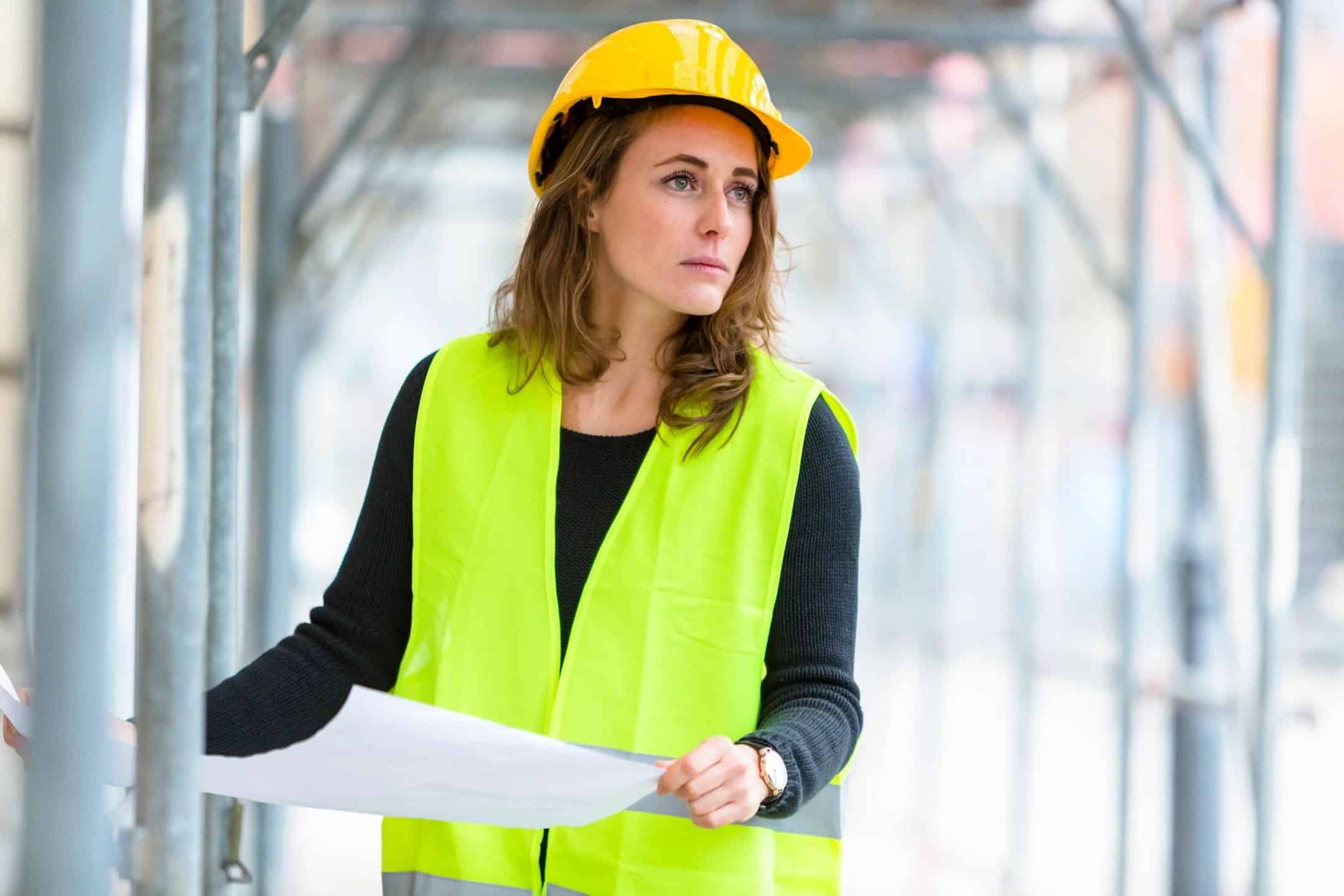


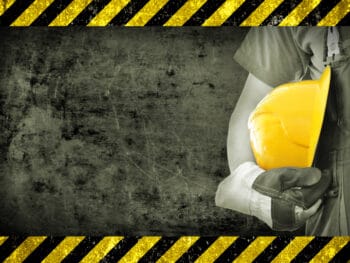


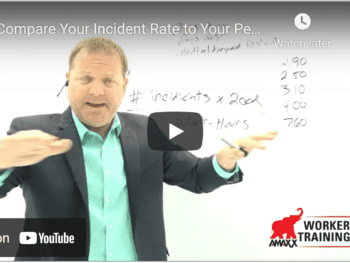
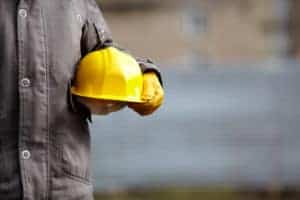
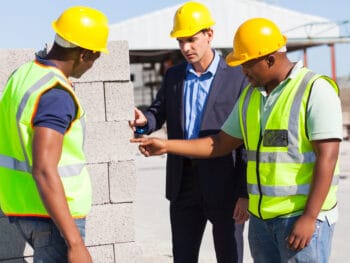

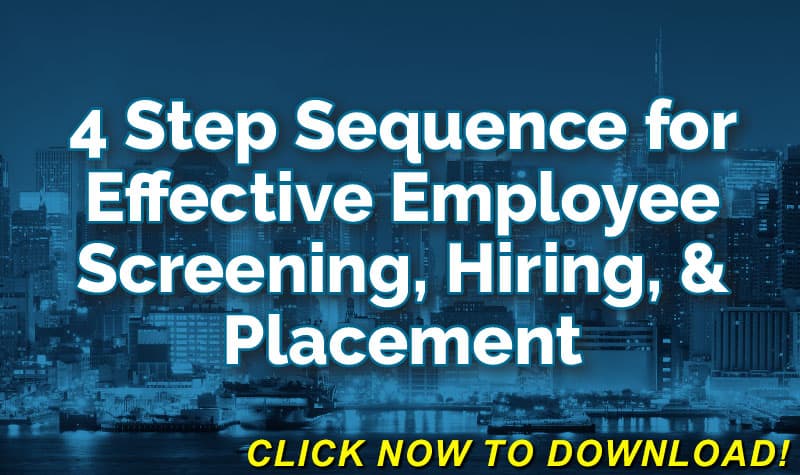




These are some great tips for preventing falls at work. I definitely agree that requiring proper footwear and having the correct flooring are two vital points. You can’t have someone walking around in loafers if the floor is wet!
These environmental safety prevention approaches to preventing slips, trips, and falls are all very important! Thanks for reminding us to take care of them. In addition to the environmental factors, there are human factors that influence the incidence of slips, trips and falls – obesity, previous injuries, strength, balance, attention to detail. Implementing a post-offer/pre-employment Physical Abilities Testing (PAT) program can also dramatically reduce the incidence of slips, trips and falls – if the PAT includes balance testing. PAT can help employers hire those with adequate balance to safely do the job for which they’re hired. Post-hire PAT can help identify current employees whose balance is not adequate and balance training programs can be implemented. I’d like to suggest that a truly comprehensive falls prevention program includes addressing the environmental issues you have described so well, combined with balance testing and training.